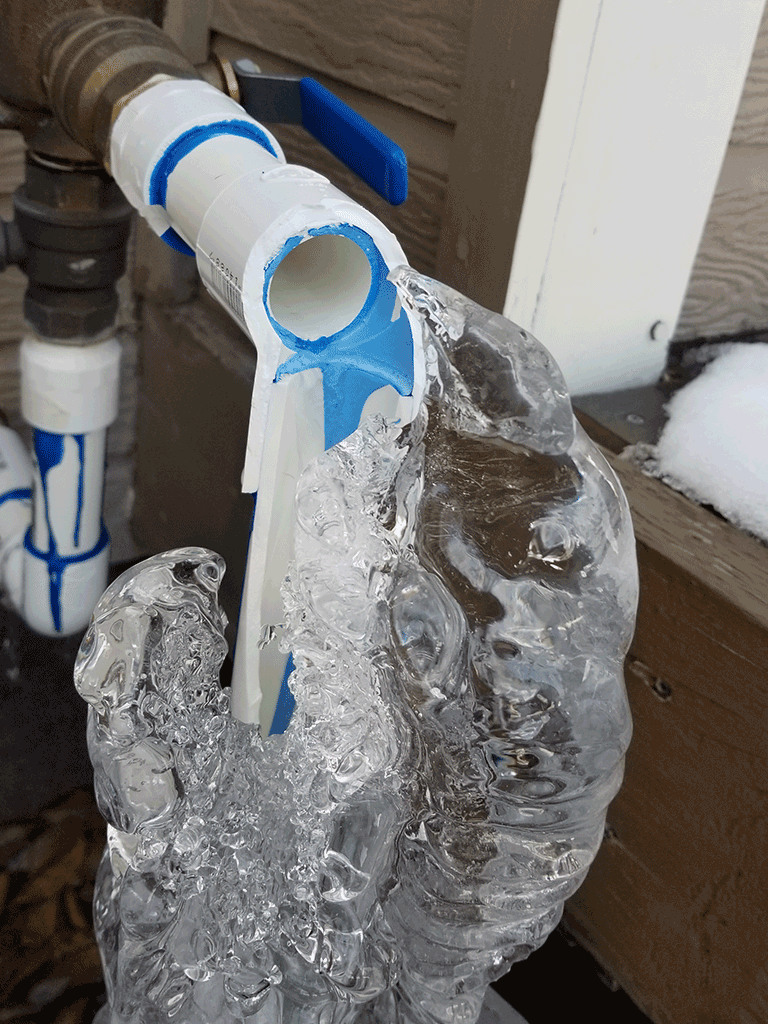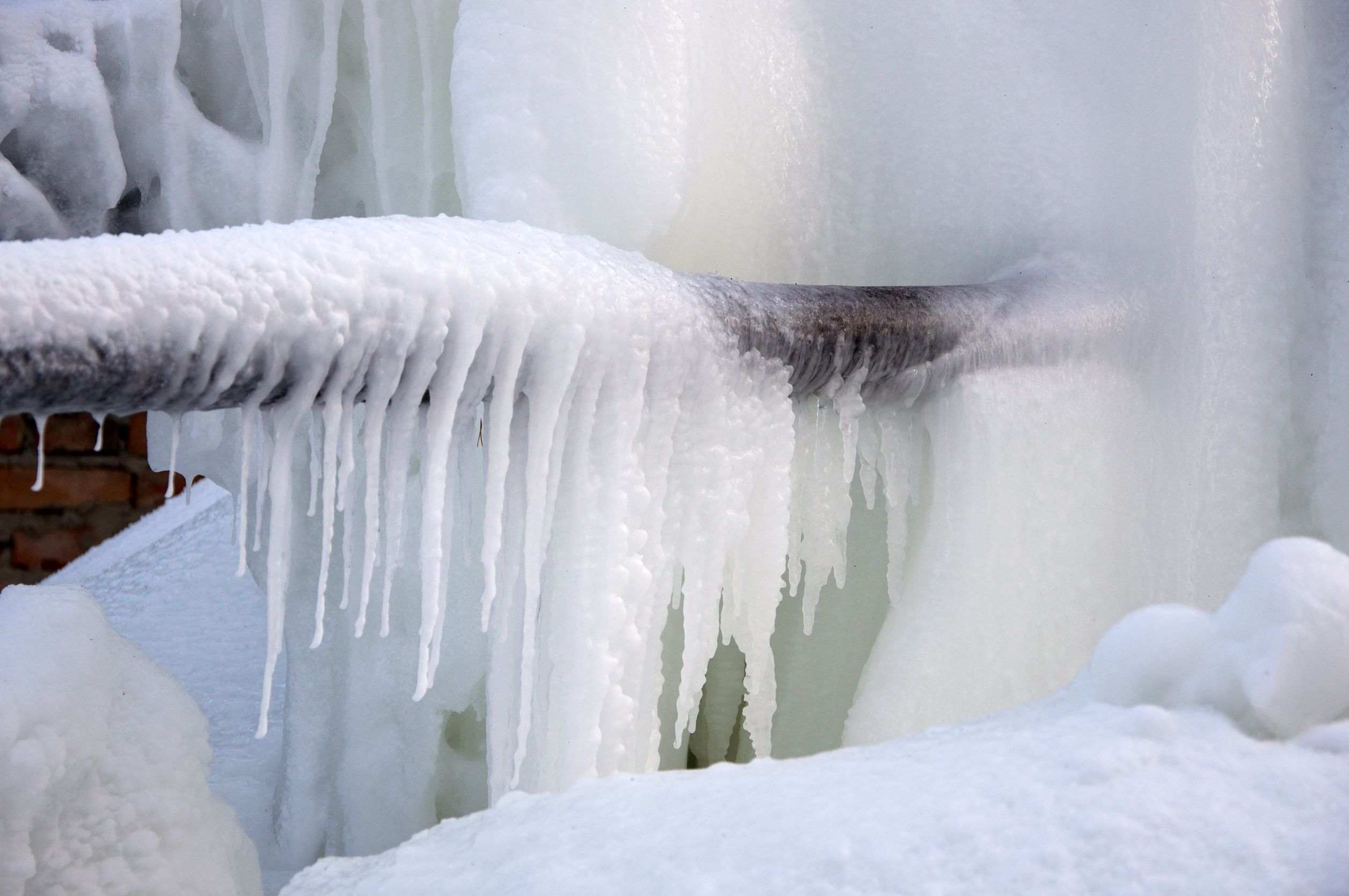Preventing Frozen Pipes: Best Strategies for Winter
Preventing Frozen Pipes: Best Strategies for Winter
Blog Article
The writer is making several good pointers relating to Preventing and dealing with frozen pipes as a whole in this article directly below.

Cold weather can damage your plumbing, specifically by freezing pipes. Below's how to prevent it from occurring and what to do if it does.
Introduction
As temperature levels decrease, the risk of frozen pipes boosts, possibly resulting in costly repairs and water damages. Understanding how to avoid frozen pipes is crucial for home owners in chilly climates.
Recognizing Frozen Pipelines
What creates pipes to ice up?
Pipelines ice up when exposed to temperature levels listed below 32 ° F (0 ° C) for extended periods. As water inside the pipelines freezes, it increases, putting pressure on the pipe walls and potentially creating them to burst.
Risks and damages
Icy pipelines can bring about supply of water disturbances, property damages, and pricey fixings. Burst pipes can flood homes and cause extensive architectural damage.
Indicators of Frozen Pipeline
Determining icy pipelines early can stop them from rupturing.
How to identify icy pipes
Search for reduced water flow from faucets, uncommon smells or sounds from pipelines, and noticeable frost on exposed pipelines.
Prevention Tips
Insulating susceptible pipelines
Wrap pipes in insulation sleeves or use warm tape to protect them from freezing temperatures. Concentrate on pipes in unheated or outside locations of the home.
Heating methods
Keep interior rooms effectively heated, especially locations with pipes. Open up cupboard doors to allow cozy air to distribute around pipelines under sinks.
Shielding Outdoor Plumbing
Yard pipes and exterior taps
Separate and drain pipes yard pipes before winter season. Set up frost-proof spigots or cover outside faucets with insulated caps.
What to Do If Your Pipelines Freeze
Immediate actions to take
If you believe frozen pipes, maintain taps available to eliminate pressure as the ice melts. Use a hairdryer or towels soaked in hot water to thaw pipes gradually.
Long-Term Solutions
Architectural modifications
Think about rerouting pipes far from exterior walls or unheated locations. Add added insulation to attic rooms, cellars, and crawl spaces.
Updating insulation
Purchase high-quality insulation for pipes, attics, and walls. Appropriate insulation assists keep consistent temperatures and lowers the threat of icy pipes.
Final thought
Preventing frozen pipes requires aggressive actions and fast responses. By comprehending the reasons, indicators, and preventive measures, home owners can protect their plumbing during winter.
6 Proven Ways to Prevent Frozen Pipes and Protect Your Home
Disconnect and Drain Garden Hoses
Before winter arrives, start by disconnecting your garden hoses and draining any remaining water. Close the shut-off valves that supply outdoor hose bibs and leave the outdoor faucet open to allow any residual water to drain. For extra protection, consider using faucet covers throughout the colder months. It’s also important to drain water from any sprinkler supply lines following the manufacturer’s directions.
Insulate Exposed Pipes
Insulating your pipes is an effective way to prevent freezing. Pipe insulation is readily available at home improvement stores and is relatively inexpensive. Pay close attention to pipes in unheated areas such as the attic, basement, crawl spaces, or garage. Apply foam insulation generously to create a buffer against the cold. You can also wrap your pipes in heat tape or thermostat-controlled heat cables for added warmth.
Seal Air Leaks
Inspect your home for any cracks or openings that could let in cold air. Seal any holes around the piping in interior or exterior walls, as well as the sill plates where your home rests on its foundation. Additionally, make sure to keep your garage door closed unless you’re entering or exiting. Leaving it open creates a significant air leak that can lead to frozen pipes.
Allow Warm Air Circulation
During cold snaps, it’s essential to allow warm air to circulate evenly throughout your home. Leave interior doors ajar to promote better airflow. Open kitchen and bathroom cabinets to help distribute heat consistently around the rooms. If you have small children or pets, be sure to remove any household chemicals or potentially harmful cleaners from open cabinets for safety.
Let Faucets Drip
A small trickle of water can make a big difference in preventing ice formation inside your pipes. When temperatures drop significantly, start a drip of water from all faucets served by exposed pipes. This continuous flow helps prevent the water from freezing. Additionally, running a few faucets slightly can relieve pressure inside the pipes, reducing the chances of a rupture if the water inside does freeze.
https://choateshvac.com/6-proven-ways-to-prevent-frozen-pipes-and-protect-your-home/

Do you appreciate more info about How To Avoid Freezing Pipes? Write a review below. We will be happy to see your thinking about this piece. Hoping that you visit us again in the near future. Loved our post? Please share it. Let another person check it out. Thanks a bunch for being here. Don't forget to stop by our blog back soon.
Book Today! Report this page